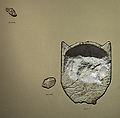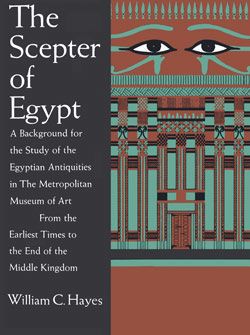Part of Khety's desert hunt scene
Middle Kingdom
The tomb of Khety, the first recorded royal treasurer of Mentuhotp III, was situated high up in the cliffs at Deir el-Bahri. These relief fragments come from the tomb’s entrance passage, which was lined with decorated limestone blocks.
From the Old Kingdom onward, scenes of people hunting animals in the desert were a standard part of tomb decorations (compare the desert hunt in the tomb of Raemkai, 08.201.1). During the third and the earlier second millennium B.C., the Egyptian desert still had the character of a hilly savannah populated by bushy plants and a multitude of animals such as gazelles, antelopes, rabbits, and an occasional lion or cheetah.
Only scraps of Khety’s desert hunt are preserved, but these few fragments are precious because they present glimpses of very lively animal representations and are paralleled by only a few other tombs dating to the beginning of the Middle Kingdom.
Due to rights restrictions, this image cannot be enlarged, viewed at full screen, or downloaded.
This artwork is meant to be viewed from right to left. Scroll left to view more.




